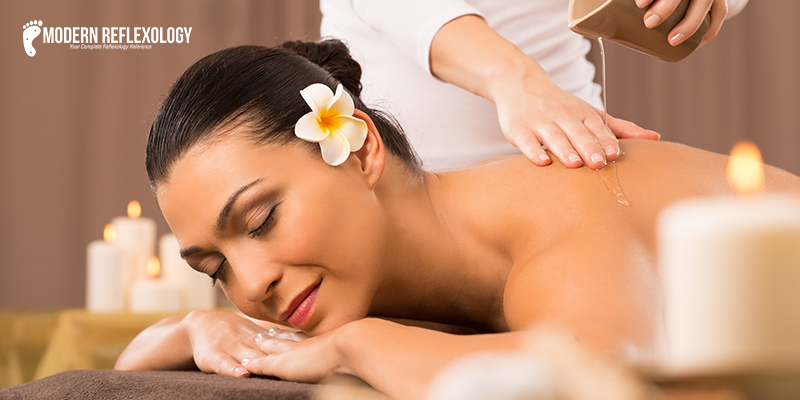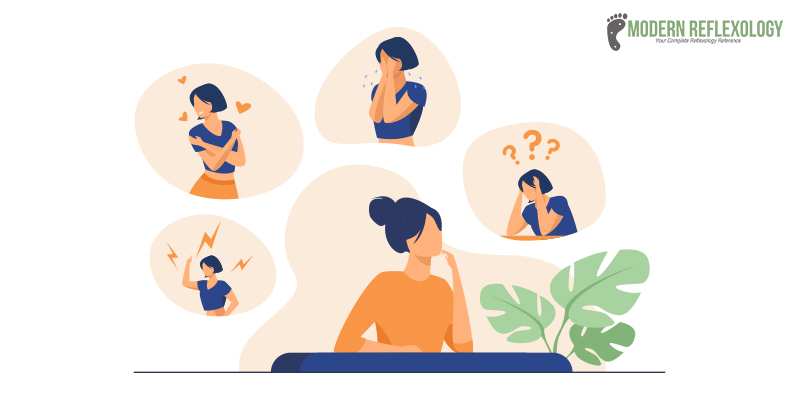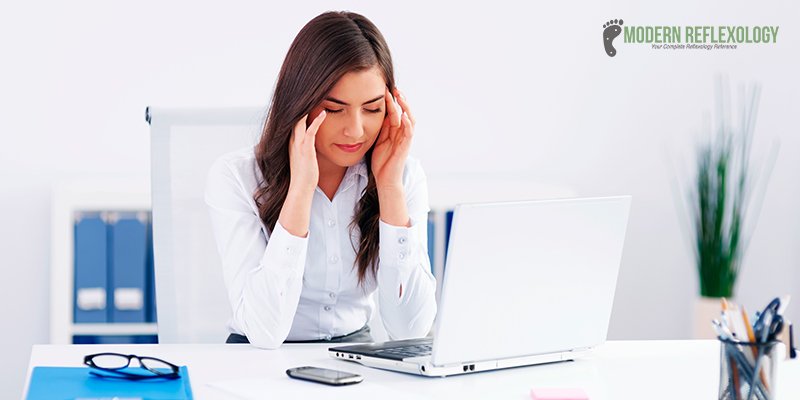Two healing modalities are combined in aromatherapy massage to produce unique effects. An age-old method known for its many emotional and physiological advantages is aromatherapy. Certain essential oils, like peppermint, orange blossom, and lavender, have remarkable sensory effects. Massage therapy uses pressure and touch to promote healing and reduce stress by stimulating the lymphatic, circulatory, neurological, and musculoskeletal systems. If you’ve ever had an aromatherapy massage, you are aware of its transformative power over your mental, emotional, and physical well-being. It is undoubtedly one of the most incredible things you can do for yourself after a demanding week at work or an exciting weekend spent with friends.
What Is Aromatherapy massage?

Its name says all you need to know about aromatherapy massages. It blends aromatherapy with massage therapy, two healing modalities, offering a comprehensive approach to mending the body, mind, and, some would even claim, soul.
Aromatherapy stimulates the sense of smell by using essential oils, which have distinct fragrance profiles and can elicit feelings of healing, mood elevation, and general renewal. In contrast, a massage employs rubbing, pushing, and long, flowing strokes to ease muscle tension and encourage relaxation. Combining the two into a one-hour or longer session in certain situations has several mental, emotional, and physical advantages. Considering this, it makes sense why aromatherapy body massages are inherently addictive!
What Are Essential Oils?
Essential oils are plant, flower, and herb oil extracts. The same natural substances, such as fatty acids, esters, fragrances, and other words too difficult to comprehend, are present in both. Essential oils include all components that make up the “essence” of herbs, plants, and flowers and have therapeutic properties!
Demand for these natural oils has increased over the last ten years as more individuals become aware of their enormous advantages for mental and emotional well-being. While there is still more to be done to gather scientific evidence supporting the healing effects of essential oils, some studies have already been done, and the results confirm everything we have long known—and more!
Owing to these discoveries, essential oils are now extensively utilized in households, spas, medical facilities, and therapy clinics. They are typically diluted into everyday items like room mists, candles, humidifiers, and skincare products, among many other things, because they are available in a highly concentrated form. People who want direct applications apply a tiny amount by rubbing it on specific body regions.
Aromatherapy massage benefits:
1. Reduced anxiety

Aromatherapy full body massage has a profoundly calming effect on the senses, easing any stress and worry you may be feeling. Endorphins are released during a massage’s therapeutic effects. Because of their inherent ability to naturally reduce stress and relieve pain, these hormones are called “feel-good chemicals.”
2. Relieving headaches:
A lot of people have an aromatherapy massage to get rid of their headaches or other migraines. Headaches that last a long-time wear on the body and the soul. Combining massage therapy with ylang-ylang or peppermint oils can be beneficial.
3. Improved Renal Function:
An aromatherapy massage’s movement and pressure can help increase blood flow to vital organs and muscles, which is one of its benefits. Even essential oils can improve circulation. These include frankincense, grapefruit, cypress, sandalwood, and juniper berries.
4. Improved Mental Health:

Not only may massage therapy and holistic aromatherapy massage improve circulation throughout your body, but they also improve brain function. This occurs because the circulation effect that aromatherapy massage produces stimulates the olfactory nerves in the brain. The synthesis of serotonin is subsequently stimulated by this mechanism, improving mental and alertness capacities. You can enhance the mood-lifting benefits by using orange and other citrus oils.
5. Decreased Inflammation and Pain:
Both therapeutic massage and essential oils are effective in reducing muscular and joint pain and any inflammation that may be causing you difficulty. Your sore muscles will start feeling better as circulation and tissue stimulation occur. Peppermint oil works well for this because it’s energizing and cooling simultaneously.
6. It relaxes your body:
All a decent massage does is help you relax. The impact is amplified when you incorporate the relaxing qualities of some fragrant oils, such as chamomile and lavender. When your life is stressful, the power of touch can undoubtedly bring you the much-needed calm you require.
Aromatherapy Massage Procedure:
1. Reflexology:
Reflexology mainly focuses on manipulating the feet, though it is also possible to massage the hands and ears. Specific reflex points on the feet connect to particular body systems or organs. For instance, the bladder is located at a clear position on the sole, and pressing down on it with the thumbs or fingers will interfere with bladder function.
2. Stroking/gliding or effleurage:
The first or foremost stroke softly warms up the muscles and prepares the soft tissue for a more intense treatment called effleurage. Additionally, it eases stiff muscles and promotes circulation. The therapist applies flat palm pressure to perform this technique while gliding smoothly over the skin in a leisurely fanning or circular motion.
3. Kneading:
This method can be applied superficially or deeply to target muscle regions, such as the thighs, where the tissue is easily pried apart. In a milking stroke, the therapist applies pressure and releases the tissue between the fingers and thumbs using alternating hands. Tight muscles are released, and circulation is enhanced with a deep petrissage.
4. Fanning:
This technique releases tension from muscles in the arms, legs, back, and chest. The therapist starts with a single point, forms a three-stroke fan shape, and then uses the nails to stroke outward as if combing the flesh with the backs of the fingers.
5. Friction:
The therapist delivers firm, deep pressure to relieve tension in the muscles surrounding the spine and shoulders. Using thumbs, the therapist applies consistent pressure in small circles or on either side of the spine, starting from one fixed spot on the back.
Final Words:
To sum up, aromatherapy massage integrates the therapeutic advantages of massage with the fragrant qualities of essential oils to create a comprehensive and calming approach to well-being. Due to its potential to improve mental and physical health, this age-old practice has become increasingly popular. The massage experience is made more unique by the thoughtful selection of essential oils based on personal tastes and therapeutic objectives.
Aromatherapy massage has several advantages, from promoting relaxation and stress reduction to addressing health issues, including sleeplessness and tense muscles. Enhancement of mood and general well-being can also be attributed to the calming aromas of essential oils. Furthermore, the tactile aspect of massage improves blood flow, releases muscle tension, and fosters deep relaxation.
Even though aroma massage therapy has many benefits, there are some hazards and things to be mindful of. Before receiving an aromatherapy massage, people with specific medical concerns or oils they are sensitive to should speak with a healthcare provider. A safe and efficient encounter is also guaranteed when selecting a licensed and professional massage therapist.

Comments are closed